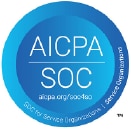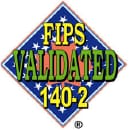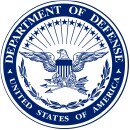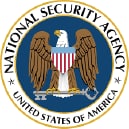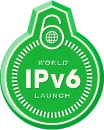Protect networks across all locations to facilitate safe connections for all workers.
Palo Alto Networks Prisma® SASE delivers secure, seamless access with Zero Trust Network Access and cloud-delivered security—ensuring protection for users anywhere. Designed to meet the unique cybersecurity needs of the federal workforce, it aligns with guidelines like TIC 3.0 to secure mobile users, branch offices, and emerging use cases.
Continuously monitor and respond to emerging threats
using real-time threat intelligence and adaptive security measures.
Cortex XDR® and Advanced Threat Prevention use AI-driven protection to proactively stop known and unknown threats before they reach users or systems. Federal agencies gain a powerful suite of capabilities to continuously monitor, detect and mitigate cybersecurity risks in real time.
Implement a unified platform approach for streamlined
management.
Palo Alto Networks simplify security management with one integrated platform. Optimize cyber-defensive operations by stitching together multiple legacy tools as agencies migrate to an AI-enhanced platform.
Maintain strict access controls and monitoring to detect unusual behavior and identify insider threats early.
Automatically detect remediate misconfigurations, enforce least privilege access, and prevent data loss. Leverage Precision AI® to detect anomalous behavior and prevent controlled information data leakage before it becomes a major incident.
Provide a comprehensive Zero Trust framework to verify and monitor every user, device and event within the network.
Deeply aligned platform architectures with NSA and DOD Zero Trust Frameworks. Tightly integrated with third-party applications that allow for holistic compliance with all the prescribed pillars.






